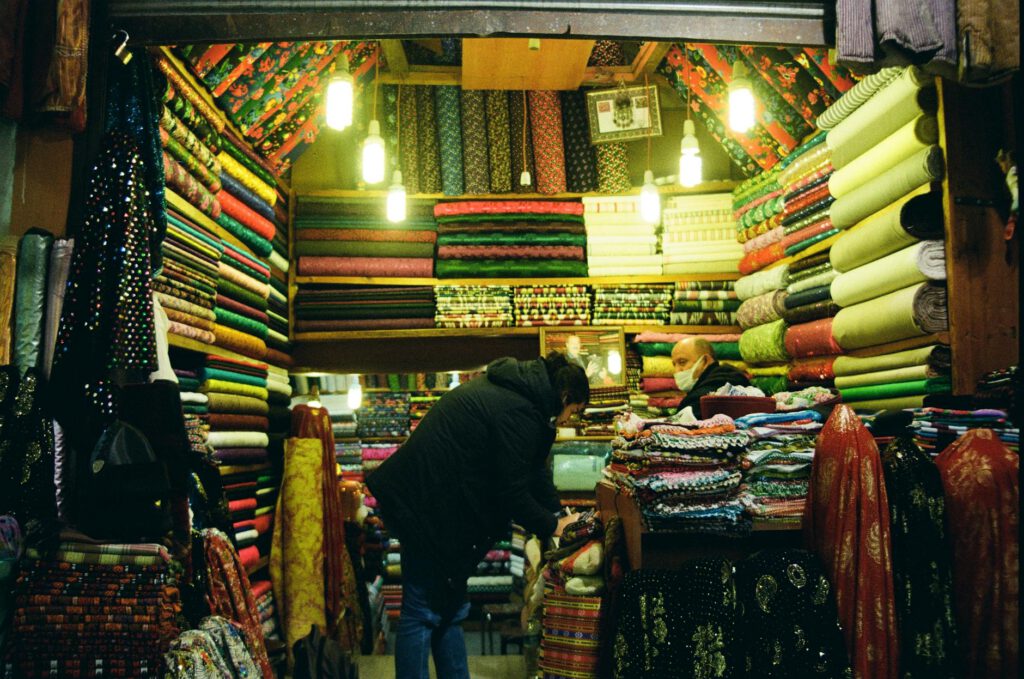Introduction
Exchange students embark on a life-changing journey, immersing themselves in new cultures, languages, and experiences. However, navigating unfamiliar cities can be overwhelming. Custom travel maps—whether digital or printed—offer a practical and sentimental solution, helping students explore confidently while preserving memories of their adventures.
For entrepreneurs and creative businesses, selling custom travel maps to exchange students presents a lucrative niche. These maps can highlight key locations like universities, local attractions, hidden gems, and essential services. Whether you’re a designer, print-on-demand seller, or digital creator, this guide explores how to tap into this market effectively.
Why Custom Travel Maps Are Valuable for Exchange Students
Exchange students face unique challenges when adapting to a new country. A well-designed travel map can:
- Simplify Navigation – Reduce stress by providing clear directions to important spots.
- Enhance Cultural Exploration – Highlight must-visit landmarks, local eateries, and cultural hubs.
- Serve as a Keepsake – A personalized map becomes a cherished memento of their journey.
- Promote Safety – Mark safe neighborhoods, emergency contacts, and public transport routes.
With the rise of study-abroad programs, the demand for tailored travel tools is growing. Whether students prefer digital maps for convenience or printed versions for nostalgia, there’s a market waiting to be tapped.
Subtopic 1: Types of Custom Travel Maps to Offer
1. Digital Travel Maps
Digital maps are convenient, interactive, and easily shareable. Formats include:
- Interactive PDFs – Clickable links to Google Maps, university websites, or local guides.
- Mobile-Friendly Apps – Partner with app developers or offer embeddable maps for students’ devices.
- Printable Digital Downloads – Let students print maps at their convenience.
Example: A digital map of Barcelona could include layers for Gaudí landmarks, student-friendly cafés, and metro stops near dormitories.
2. Printed Travel Maps
Physical maps appeal to students who love tangible souvenirs. Options include:
- Poster-Sized Maps – Ideal for dorm room decor with personalized pins.
- Pocket-Sized Foldable Maps – Durable, portable, and easy to carry while exploring.
- Scratch-Off Maps – Students can reveal visited locations for a fun, interactive experience.
Example: A printed Tokyo map could feature districts like Shibuya and Shinjuku, with icons for ramen shops, bookstores, and karaoke bars.
Subtopic 2: How to Market Custom Travel Maps to Exchange Students
Step 1: Identify Your Target Audience
Focus on:
– University exchange programs (Erasmus, Fulbright, etc.).
– Study-abroad agencies and student organizations.
– Social media groups where students discuss travel tips.
Step 2: Highlight Personalization
Offer customization options such as:
– Adding the student’s name or university logo.
– Marking their accommodation or favorite spots.
– Including insider tips (e.g., “Best budget sushi near campus”).
Step 3: Leverage SEO and Content Marketing
- Blog Posts – Write about “Top 10 Must-Visit Spots in Berlin for Exchange Students” and link to your maps.
- Pinterest & Instagram – Share visually appealing map snippets with travel hashtags.
- Collaborations – Partner with study-abroad influencers or bloggers for reviews.
Step 4: Sell Through Multiple Channels
- Etsy or Shopify – Ideal for digital downloads and printed maps.
- University Partnerships – Offer bulk discounts for student orientation packs.
- Amazon KDP – Publish travel guides with embedded maps.
Tools and Resources for Creating Custom Maps
- Design Tools
- Canva (for beginners)
- Adobe Illustrator (for advanced customization)
-
Snazzy Maps (for Google Maps styling)
-
Print-on-Demand Services
- Printful (for posters and folded maps)
- Zazzle (for scratch-off maps)
-
Redbubble (for art-style maps)
-
Digital Map Platforms
- Mapbox (for interactive maps)
- Scribble Maps (for hand-drawn styles)
- Etsy (for selling PDF downloads)
Frequently Asked Questions (FAQs)
Q: How much should I charge for custom travel maps?
A: Digital maps: $5–$20. Printed maps: $15–$50 (depending on size and quality).
Q: Do I need design experience to create these maps?
A: Not necessarily—tools like Canva offer templates, or you can hire a freelance designer from Fiverr.
Q: How can I ensure my maps are accurate?
A: Cross-reference Google Maps, local tourism sites, and student forums for up-to-date info.
Q: Are digital or printed maps more popular?
A: Both sell well—digital maps appeal to tech-savvy students, while printed maps suit those wanting keepsakes.
Conclusion
Custom travel maps bridge the gap between functionality and sentimentality for exchange students. By offering tailored digital or printed maps, you provide a tool that eases their transition while celebrating their adventures.
To succeed in this niche, focus on personalization, leverage SEO and social media, and use the right tools to create high-quality products. Whether you’re a solo designer or a growing business, the study-abroad market holds ample opportunities—start mapping them out today!

